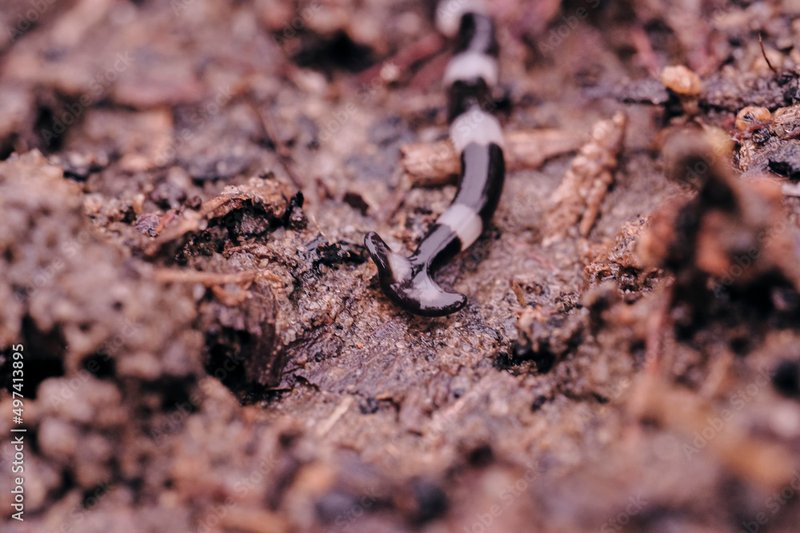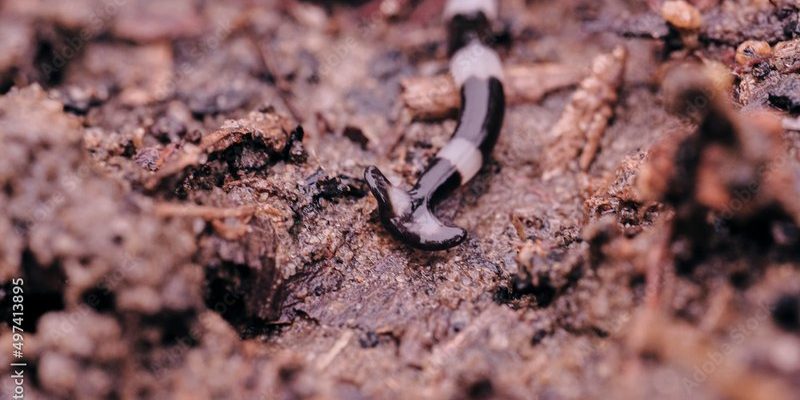
Think of hammerhead worms as the quirky, uninvited guests at a garden party. While they might seem harmless at first glance, they can have more impact than you might expect on local ecosystems. Just like how you wouldn’t want a party crasher to disrupt your carefully arranged seating plan, you really don’t want these worms messing with your plants. So, how do you know if they’re chilling in your soil? Here’s what you need to know.
What Are Hammerhead Worms?
Let me explain what hammerhead worms really are. These worms belong to the **Boehlkea genus** and are often found in tropical and subtropical regions. Basically, they’re flatworms, which means they’re not your everyday earthworms. Instead of being round and squishy, hammerhead worms are long, flat, and look kind of like… well, a hammerhead shark! Their distinctive heads have a flattened shape that makes them stand out.
You might be wondering how they got their name. The hammer-like appearance of their heads is the primary reason—they look a bit like a shark that lost its way and ended up in your garden. They can range in color from brown to grey, sometimes even sporting a beautiful stripe down their backs, giving them a flashy look that can make them easy to spot.
Why Do Hammerhead Worms Matter?
You might think, “What’s the big deal? They’re just worms.” Here’s the thing: hammerhead worms are *predatory*. They primarily feed on other soft-bodied organisms, including earthworms. That means if they settle into your garden, they can start munching on the very worms that help aerate the soil and keep your plants healthy. It’s like inviting those uninvited guests into your home and then realizing they’re eating all your food!
Their presence can disrupt the delicate balance of your garden ecosystem. While they might not pose a direct threat to your plants, a significant population could lead to fewer earthworms and ultimately affect soil health. And let’s face it, a garden without earthworms is like a party without snacks—nobody wants that!
Identifying Hammerhead Worms: Key Features
So, how do you actually identify these little critters? Here are some key features to look for:
- Shape: Their flattened bodies give them a unique shape—think of a long ribbon that has been slightly bent.
- Head: The most obvious feature is their hammer-like head, which is wider than the rest of their body.
- Color: They can vary in color, but most commonly you’ll see shades of brown or grey, sometimes with stripes.
- Size: Most hammerhead worms grow between 4 to 12 inches long, depending on the species.
When looking for them, check under mulch, rocks, or even in moist soil during the evening when they’re most active. Honestly, once you know what to look for, you’ll be surprised at how easily you can spot them!
Where to Find Hammerhead Worms in Your Garden
Hammerhead worms tend to thrive in warm and moist environments, which is why they’re often found in gardens, especially in tropical and subtropical areas. You might find them hiding beneath rocks, mulch, or any damp area of your garden. They love it when there’s plenty of decaying organic matter around—perfect for them to munch on!
You may notice them more after rain, as they might come up to the surface, looking for prey. If you’re finding them on your garden’s surface more often, it’s probably a sign that your soil is a bit too welcoming for them.
How Hammerhead Worms Reproduce
You might be curious about how these worms multiply and spread. Hammerhead worms can reproduce both sexually and asexually, which is a bit wild. When they mate, they exchange sperm, and then they can lay eggs that hatch into new worms. This ability to reproduce quickly can lead to a significant population in gardens, especially if conditions are right.
A single worm can produce multiple offspring, so if you see one, it might not be long before you spot others. The thought of a small invasion may seem daunting, but knowing what you’re dealing with can help you manage the situation better.
How to Deal with Hammerhead Worms
If you’ve decided that these worms don’t belong in your garden, there are a few methods to effectively deal with them:
- Handpicking: The simplest method involves just picking them up and removing them from your garden. Make sure to wear gloves, as some hammerhead worms can secrete toxins when threatened.
- Hot Water: Pouring hot water on them is a quick way to eliminate them. Just make sure to avoid scorching your precious plants!
- Clear Mulch: Keep your garden tidy by clearing away debris and mulch where they like to hide. This can help reduce their habitat.
You might be worried about them returning, but regularly checking for them and using these methods as needed can keep their numbers in check.
Should You Be Worried? Understanding the Risks
While hammerhead worms can cause concern, it’s important not to panic. They aren’t harmful to humans or pets, but their impact on your garden can be detrimental if left unchecked. If it seems like they’re taking over, focus on controlling their population rather than trying to eradicate them completely.
Remember, every garden has its share of challenges. Identifying hammerhead worms is just one part of your gardening journey.
Identifying hammerhead worms in garden soil isn’t just about spotting a strange creature; it’s about understanding how it fits into your garden ecosystem. By knowing what they are, where to find them, and the best ways to manage their presence, you’ll be better equipped to keep your garden thriving.
So next time you’re in your garden and see that familiar hammer-like shape, you’ll know exactly what it is and how to deal with it. Happy gardening, and may your plants flourish free of uninvited guests!

